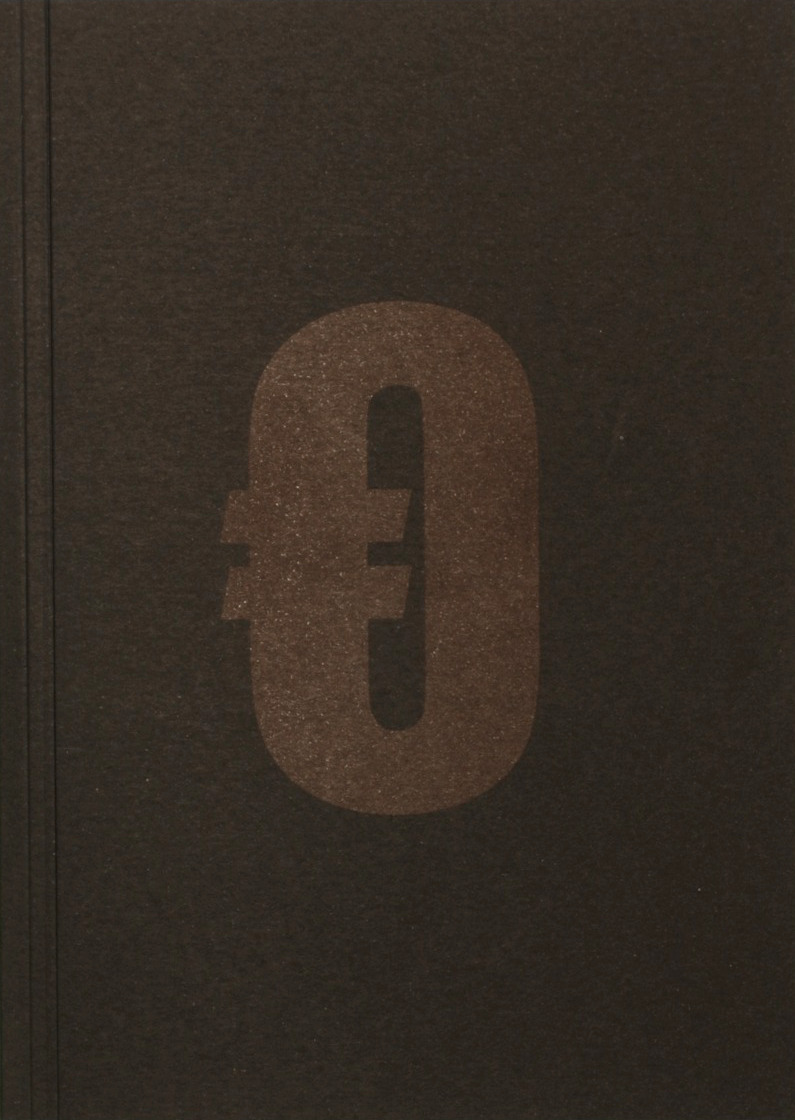Fredy Perlman: The Reproduction of Daily Life (1969-) [EN, CR, PT, FR]
Filed under book | Tags: · alienation, capitalism, economy, everyday, labour, life, production, reproduction, society, value
What sustains Capitalism? Our acceptance of everyday activities. The text offers a clear introduction to basic Marxist concepts like commodity fetishism, and surplus value; it also traces the transformation of human activity into capital. It opens with the observation “that everyday practical activity of tribesmen reproduces, or perpetuates, a tribe.”
Publisher: Black & Red, Detroit, 1969, 24 pages. Reprinted in Anything Can Happen, October 1992, Phoenix Press, PO Box 824 London N1 9DL.
Croatian edition: Reprodukcija svakodnevnog života. Translated by Aleksa Golijanin, 2003. Anti-copyright.
Portuguese edition: A Reprodução do Quotidiano. Translated from Treason Press edition (2004), in February 2009, Edições Versus Capitalismus. Anti-copyright.
French edition: La Reproduction de la Vie Quotidienne. Published by Ravage Éditions, Paris, September 2011. Anti-copyright.
about the author (wikipedia)
publisher
google books
PDF (English, multiple formats)
PDF (Croatian, multiple formats)
PDF (Portuguese, PDF)
PDF (French, multiple formats)
Georgios Papadopoulos: Notes towards a Critique of Money (2011)
Filed under book | Tags: · critique, desire, economy, market, money, neoliberalism, value

The analysis in Notes towards a Critique of Money highlights the functions of money both in the organization of the capitalist symbolic order and in the constitution of subjectivity in the market.
Combining Lacanian psychoanalysis and Baudrillardian structuralism, the book creates a universe where price and sign are entangled, giving rise to the dominant organizing form of capitalism. The fantasmatic management of desire enforces this structural principle on the subjective level and encourages the libidinal investment in the dominant representations of social reality as they are produced by the combined principles of signification and economic valuation. Here, money signifies the particular content that hegemonizes the universal ideological construction of capitalism providing a particular and accessible meaning to economic value, which colours the very universality of the system of prices and accounts for its efficiency.
Being conscious of the limitations of the theoretical analysis, the book employs along with rational arguments a series of artworks that are used both to illustrate the argument and to challenge the unconscious links between the market and the subject, as it is mediated by money and ideology. Notes towards a Critique of Money does not only aspire to raise a theoretical challenge against capital and to open up possibilities of emancipation, but to point towards a new aesthetic of political analysis.
Contributing artists: Société Realiste, Yuko Kamei, Nikos Arvanitis, Zachary Formwalt, Jean-Baptiste Maitre, Valentin Ruhry, Kay Walkowiak, Shogo Matsushiro, Axel Loytved, Post Tenebras Luxe / Donatella Bernardi, Hervé Graumann, Hadrien Dussoix, Wolfgang Fütterer, No Wonder.
Afterword by Yannis Stavrakakis
Published by Jan van Eyck Academie, Maastricht, NL
Creative Commons BY-NC-ND 3.0 Unported License
ISBN 9789072076649
142 pages
PDF
View online (Scribd.com)
Pierre Klossowski: Living Currency (1970–) [FR, ES, EN]
Filed under book | Tags: · body, economy, life, philosophy, production, sadism, sexuality, value

“Essai littéraire et philosophique. Depuis le milieu du siècle dernier, des anathèmes ont été lancés au nom de la vie affective contre les ravages de la civilisation industrielle. Imputer aux moyens de production une action pernicieuse sur les affects, c’est, sous prétexte de dénoncer son emprise démoralisante, lui reconnaître une puissance morale considérable. D’où lui vient cette puissance ? ” Telle est la question qui traverse de part en part cet essai. L’auteur interroge d’autres écrivains en les citant, illustrant ainsi sa propre pensée. Sade, mais aussi Fourrier, Stendhal, Nietzsche s’expriment sur le processus même de l’émotion voluptueuse lorsque le corps est perçu comme monnaie vivante, objet de troc ou vecteur fantasmatique.”
“In Living Currency Klossowski draws a parallel between mass industrial production and sadism, between human bodies and currency. He analyzes the impact of industry and exchange on emotional life, and in so doing challenges several fundamental concepts of sexuality and value.”
Published in French as La Monnaie vivante, Editions Joëlle Losfield, Paris, 1970.
English edition
Translated by Jordan Levinson
Self-published, May 2012
32 pages
via translator
Commentary: Graham Joncas.
2008 Tate London exhibition inspired by the essay
La monnaie vivante (French, 1970, RTF)
La moneda viviente (Spanish, trans. Axel Gasquet, 1998)
Living Curency (English, trans. Jordan Levinson, 2012)

